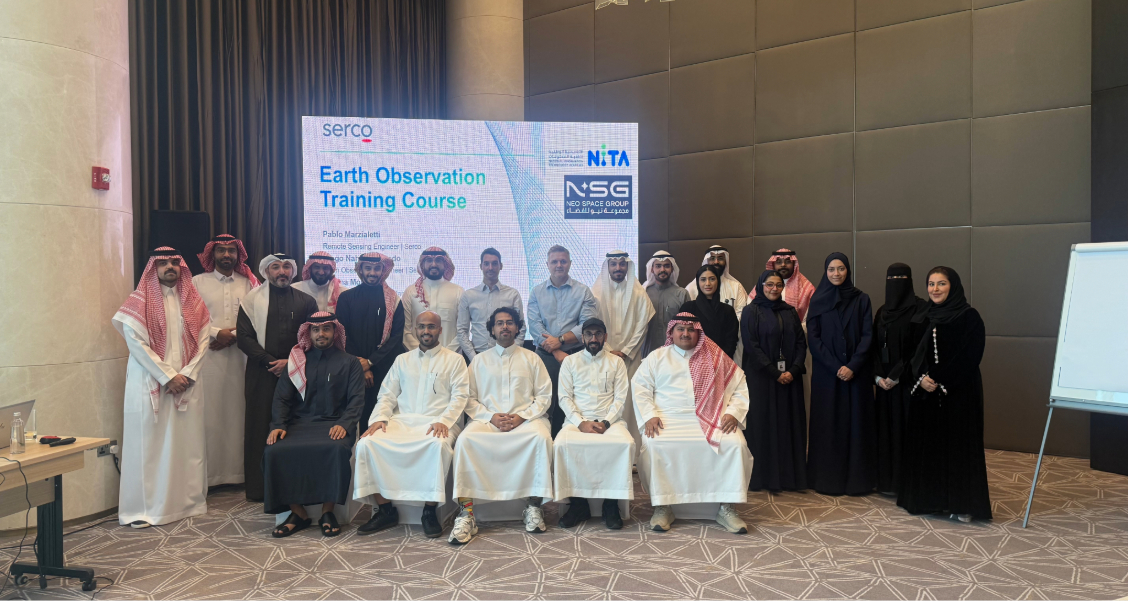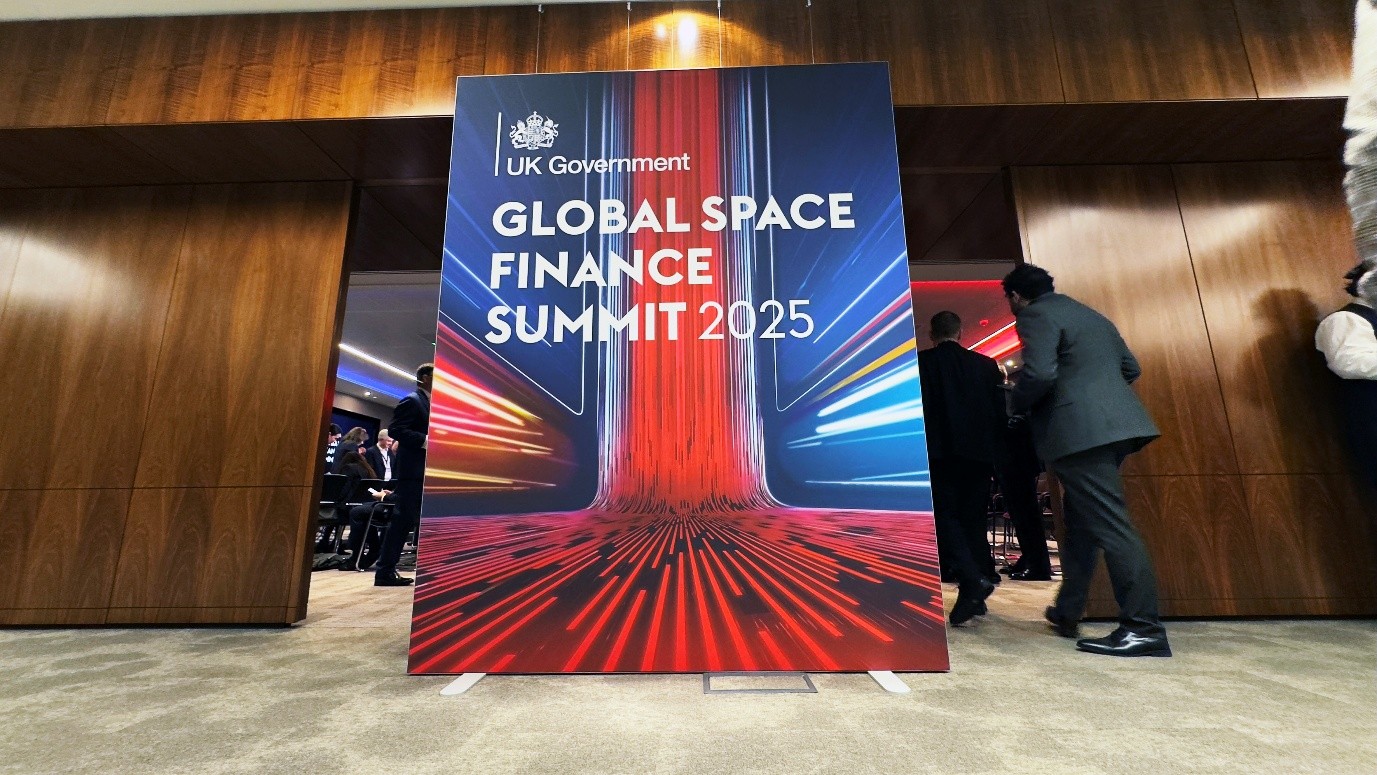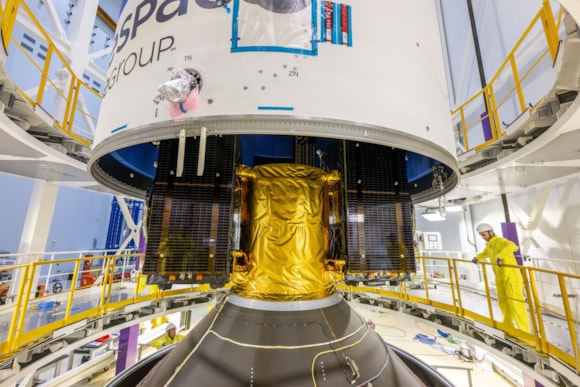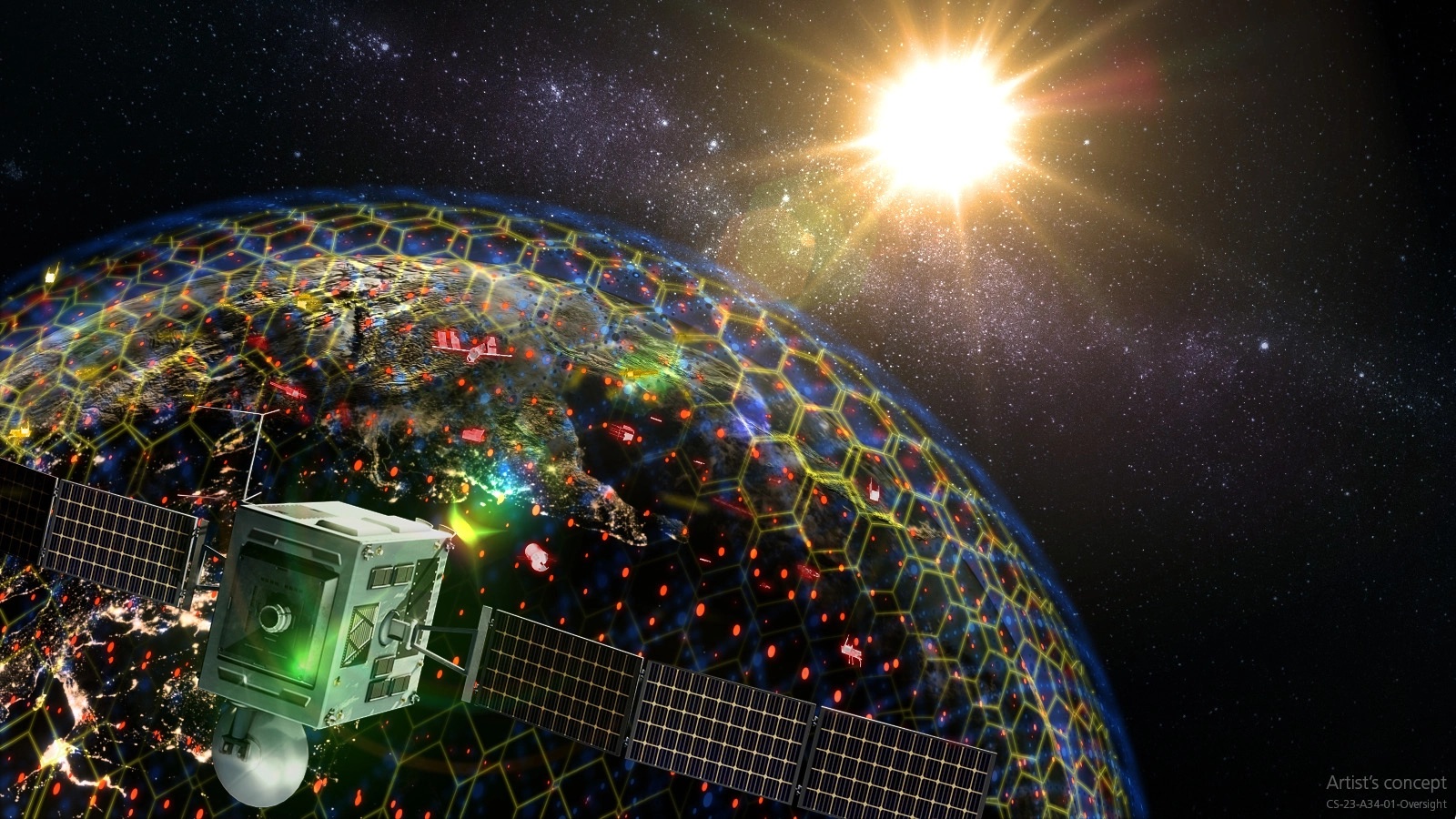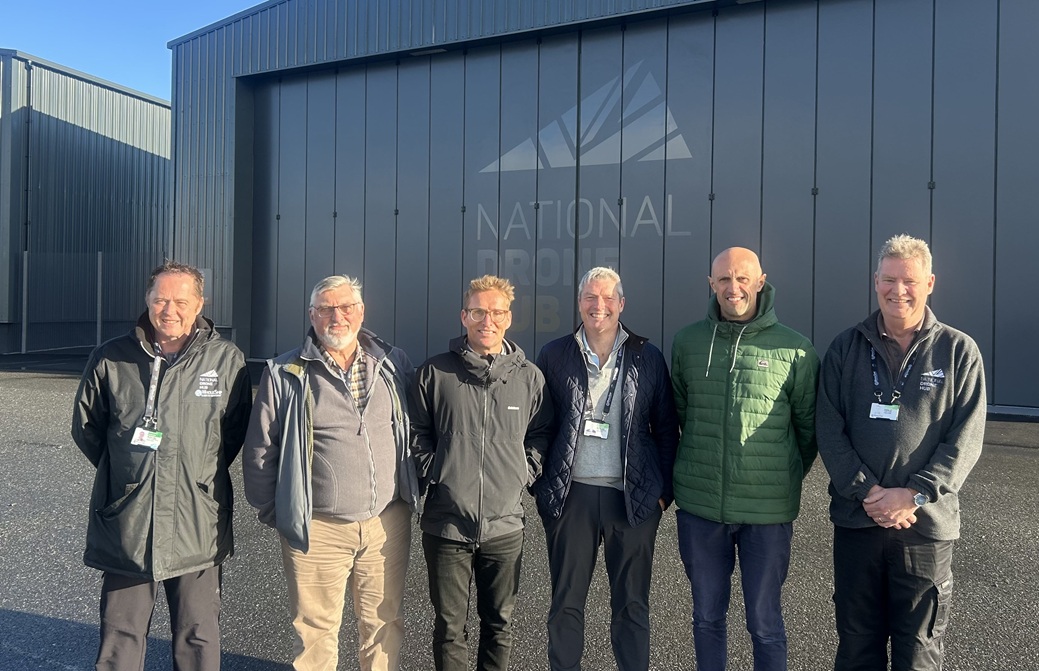UK scientists on a mission to Venus
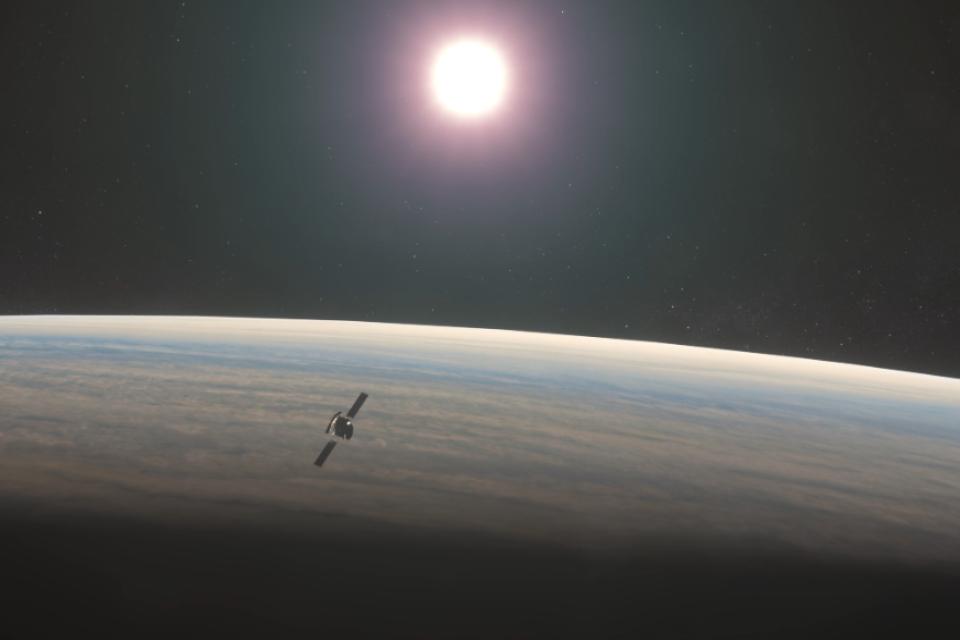
Image courtesy UKSA / Credit ESA
Researchers from Royal Holloway, University of London, the University of Oxford and Imperial College London will make key contributions to the mission, called EnVision, which has been selected as the fifth Medium Class mission in the European Space Agency’s (ESA) Cosmic Vision programme. With ESA mission costs of €610 million, EnVision aims to investigate Venus by researching past and present volcanic activity and tracking the key volcanic gases that sustain its clouds and hostile environment.
Working with European and American scientists, the UK team will compare geologic and atmospheric processes to those on Earth and other planets and aim to discover more about how interactions between its interior, surface and atmosphere have shaped its evolution.
The UK, through the UK Space Agency, plays a leading role in ESA, which is not a European Union institution.
Venus is the most Earth-like planet in size, composition and distance to our Sun. When they initially formed, Earth and Venus were probably once quite similar, with oceans of molten rock and thick atmospheres of carbon dioxide and steam. But Earth evolved to become the habitable planet we enjoy today; Venus may or may not have had a habitable phase with liquid water oceans before developing a runaway greenhouse effect which today cooks its surface to an inhospitable 450 degrees Centigrade. The EnVision mission has been designed to study how geological activity throughout time has driven the evolution of Venus’ climate and habitability.
Science Minister Amanda Solloway said: “I’m proud that once again, British scientists have been chosen to play a leading role in a mission that will expand humankind’s understanding of the universe.
“It is fascinating to consider just how many similarities Venus shares with our Earth, and what its secrets could tell us about our climate as well as what makes our planet so special to be able to sustain life.”
Richard Ghail, Earth Sciences, Royal Holloway, who is the Lead Scientist on the project, said: “Europe’s Earth Observation programme – the Sentinels – show us just how interconnected the geology and climate of our planet are. EnVision will take that experience to Venus to make sense of our most unearthly neighbour, and so help us understand what makes our own world so special.
Colin Wilson, Department of Physics, University of Oxford, one of the mission’s two Deputy Lead Scientists, said:
“It’s great news that we will be getting back to Venus. The selection of this mission, along with the two Venus missions selected by NASA last week, shows the widespread recognition of how important Venus is in understanding how Earthlike planets evolve to be the way they are.”
Philippa Mason, Department of Earth Science & Engineering, Imperial College London, VenSAR Science Investigator on the project said:
“With not one but three new missions to Venus, we now have the beginnings of a long-term exploration programme, which will enable important multi-scale observations of Venus’s interior, surface and atmosphere over many years to come. We therefore hope that EnVision will stimulate interest among a whole new generation of planetary scientists.”
Data will be collected by an orbiter called EnVision, which is expected to launch in 2031. It will take 15 months to reach Venus, where it will take a further 16 months of aerobraking to get into its low circular orbit. Once this stage is achieved, the satellite will start its four-year scientific study.
The equipment on board will include:
- An imaging Synthetic Aperture Radar which will see through the clouds to map the surface of the planet.
- A Subsurface Radar Sounder to penetrate the top kilometre of the subsurface, and search for underground layering, structures and buried geological features.
- Three spectrometers will map surface geologic composition and track key gases, including searching for volcanic gas plumes above and below the clouds, supported by radio measurements of cloud composition.
The mission is an international collaboration consisting of a Science Study Team of three British, six other European and two American scientists working closely with the Instrument teams from five different nations.
Venus
- Venus is the second closest planet to the sun at a distance of about 67 million miles.
- One day on Venus lasts 243 Earth days because Venus spins backwards, with its sun rising in the west and setting in the east.
- Venus' solid surface is a volcanic landscape covered with extensive plains featuring high volcanic mountains and vast ridged plateaus.
- Venus has no moons.
- The planet’s surface temperature is about 465 degrees Celsius.
UK Scientists are currently playing a leading role in several other space exploration missions.
Supported by over £400,000 in funds from the UK Space Agency, researchers at Imperial College London and the Natural History Museum are deciding which samples are sent to Earth from the Mars Perseverance mission which aims to explore and collect samples for future return to Earth from diverse ancient environments on Mars.
Next year the Rosalind Franklin rover - named after the pioneering British chemist and built by Airbus in Stevenage - will go to Mars as part of the European Space Agency’s ExoMars mission to examine the subsurface geological environment on Mars and search for signs of life, past or present.
Last year the UK-built Solar Orbiter spacecraft produced the closest, most detailed images ever taken of the Sun. These images provide crucial information about how our star’s volatile activity affects its atmosphere. This knowledge will help improve predictions of space weather events, which can disrupt and damage satellites and infrastructure on Earth.






